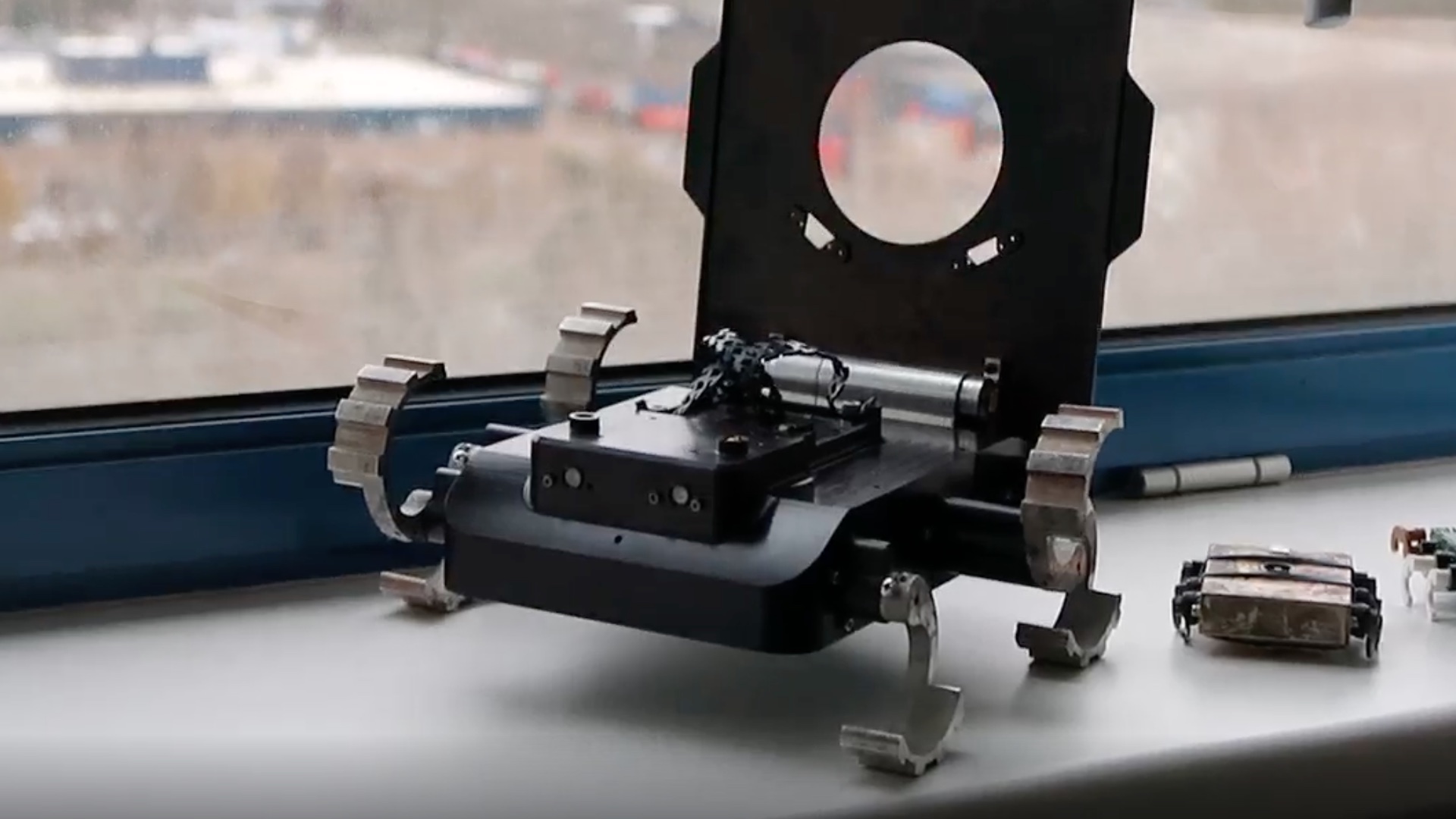Discovering Lunar Radiation Secrets: Dr. Menicucci’s Game-Changing Mission with Lunar Zebro
27 April 2023 | Sorana Stan
DISCOVERING LUNAR RADIATION SECRETS: DR. MENICUCCI’S GAME-CHANGING MISSION WITH LUNAR ZEBRO
27 APRIL 2023 | SORANA STAN

With LZ’s focus on science and education, we are proud to have Dr. Alessandra Menicucci as Science Director. During the interview, she dove into her personal motivations, her background, her interests and the future she envisions for the science load of Lunar Zebro’s. As Lunar Zebro’s Science director, she is in charge of overseeing the radiation sensor development, along with MSc students.
Making the most out of a technology demonstration mission
Why is a radiation sensor necessary on the rover? According to Dr. Alessandra Menicucci, it is our duty to maximize science return out of any trip to the Moon. She elaborated during the interview, “I think it’s really important to have a scientific goal, we have the responsibility of making the biggest impact possible with our research and [that] impact can be in different directions”. Lunar Zebro is meant to contribute to both technological research and information return, but also scientific research. This is where the radiation payload also comes into picture! In 2020, she agreed to join the Lunar Zebro crew in their quest for a scientific payload. This this role fits her perfectly, given her considerable background in designing scientific instruments for space missions at ESA (European Space Agency), where she worked for 9 years on numerous projects (including the development of radiation monitors, miniaturized radiation sensor and particle radiation detectors). Currently, she is collaborating with MSc students on the Lunar Zebro’s radiation sensor while also mentoring the team in the Systems Engineering department.
Measuring radiation for future lunar missions
The radiation sensor will provide valuable readings while on the Moon. Only a few radiation measurements have been taken to date, especially in the South Pole of the Moon, where the Zebro rovers are most likely to land. This is a crucial step in getting the Moon ready for future robotic and human expeditions. Dr. Menicucci thinks radiation is one of the most important factors to address as the prospect of a Lunar settlement becomes more probable.
Additionally, we place a high value on education in the Lunar Zebro team as well. “I really believe in project-oriented learning” said Dr. Menicucci, while mentioning that not having these kinds of hands-on opportunities were a downside of her study. Due to this, the MSc thesis students working under her tutelage are constantly working on the radiation sensor.

Working on a Moon mission is everyone’s dream!
“Going to the moon is a dream!”
According to Dr. Alessandra Menicucci, the Moon is an incredibly intriguing destination from a radiation point of view. To reach it, a spacecraft must go outside the protective confines of the magnetosphere and through a region known as the Radiation Belt. That is why she is delighted to be joining Lunar Zebro as the Scientific Director and help us maximize our impact. After all, who would not like to work on a Moon mission?
The future for science missions with Lunar Zebro
The scientific potential of the Lunar Zebro rovers will increase in the future; developing swarming skills is a long-term objective of Lunar Zebro. With swarming rovers, we can get a precise mapping of how the radiation environment is changing. This would allow for determining whether the lava tubes, which satellites have detected on the lunar surface work as a shield, which is crucial for any future operations involving humans!
Finally, Dr. Alessandra Menicucci’s leadership as Scientific Director at Lunar Zebro brings knowledge and a dedication to maximizing the mission’s scientific potential. By creating a radiation sensor and considering the feasibility of swarming rovers, Lunar Zebro is well positioned to provide useful information for future lunar missions!
